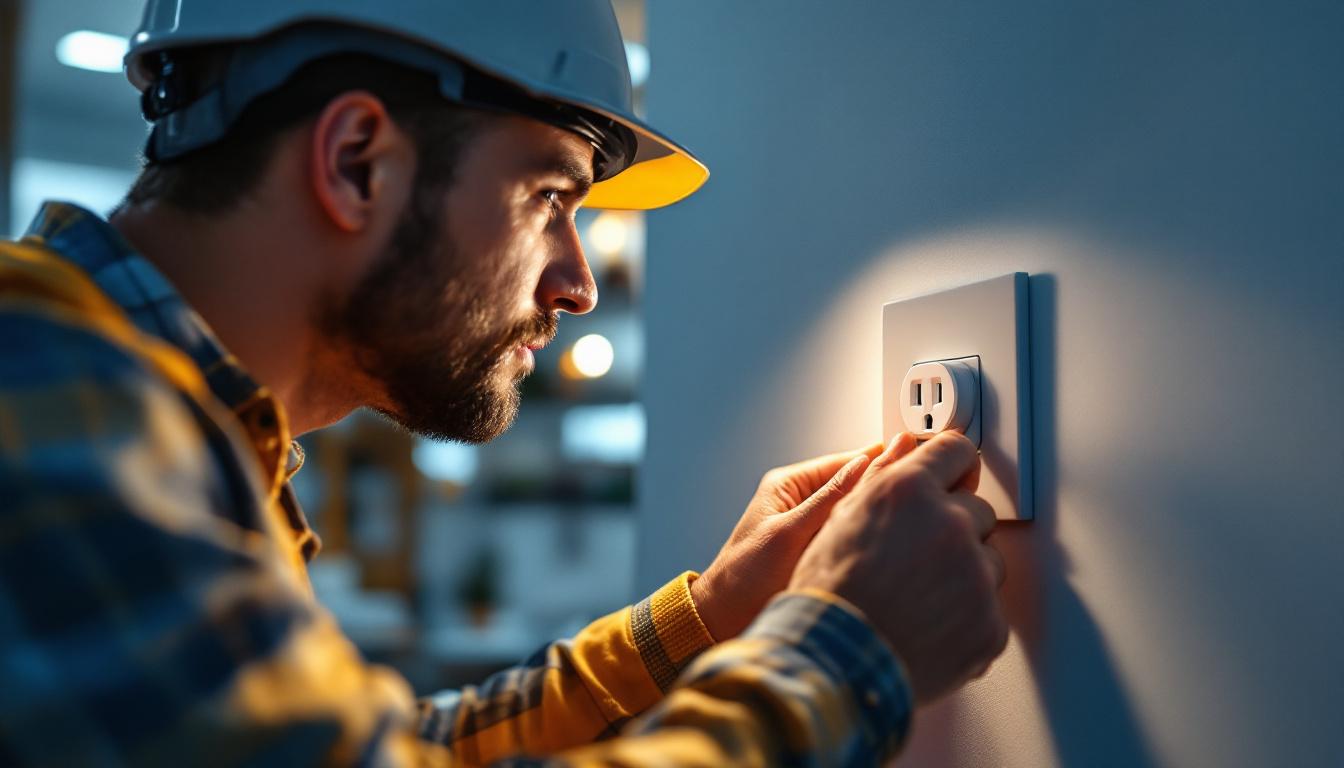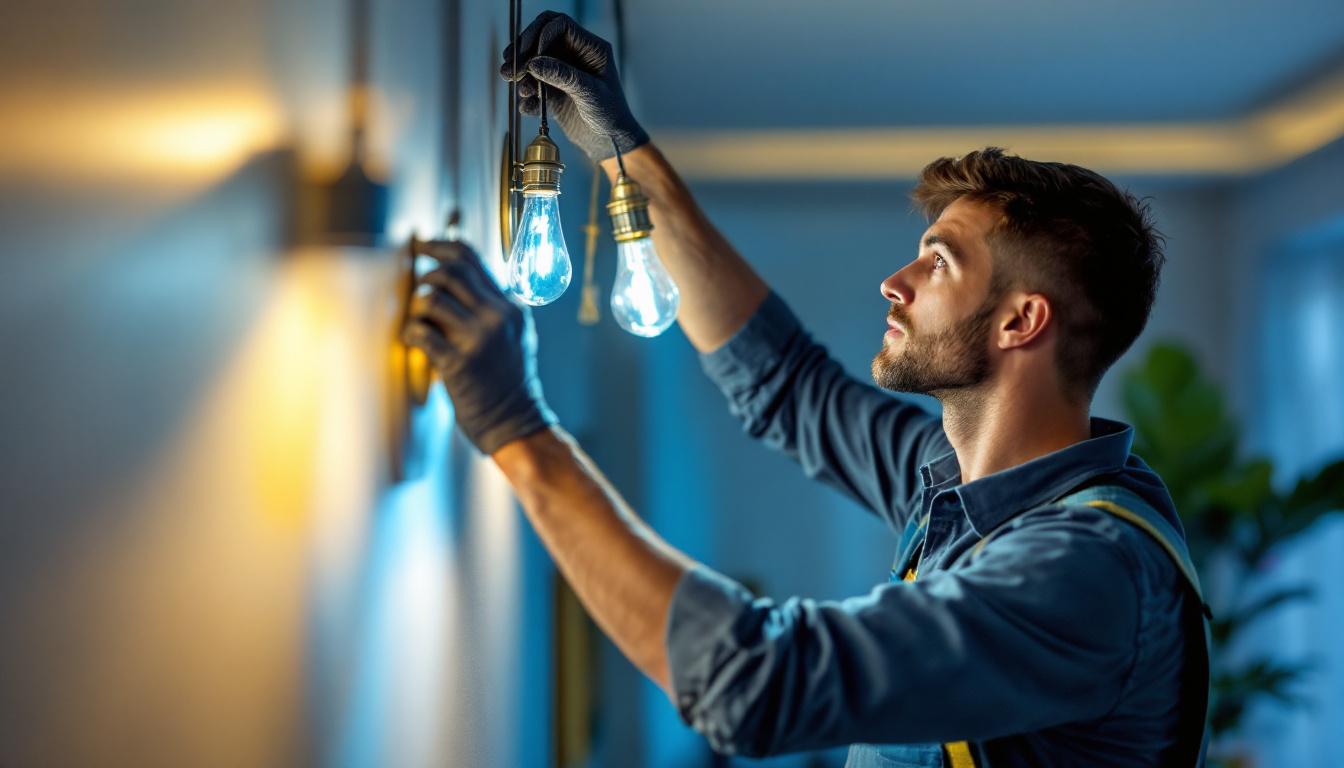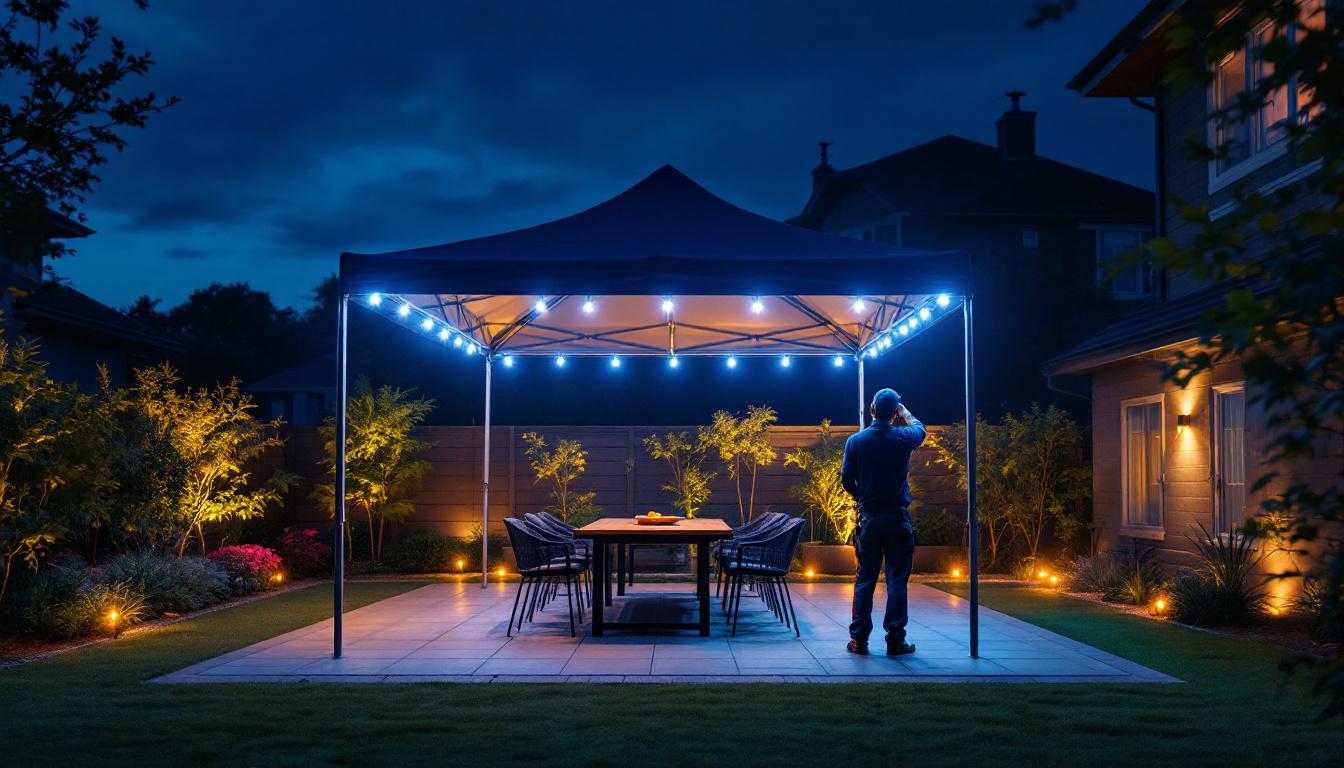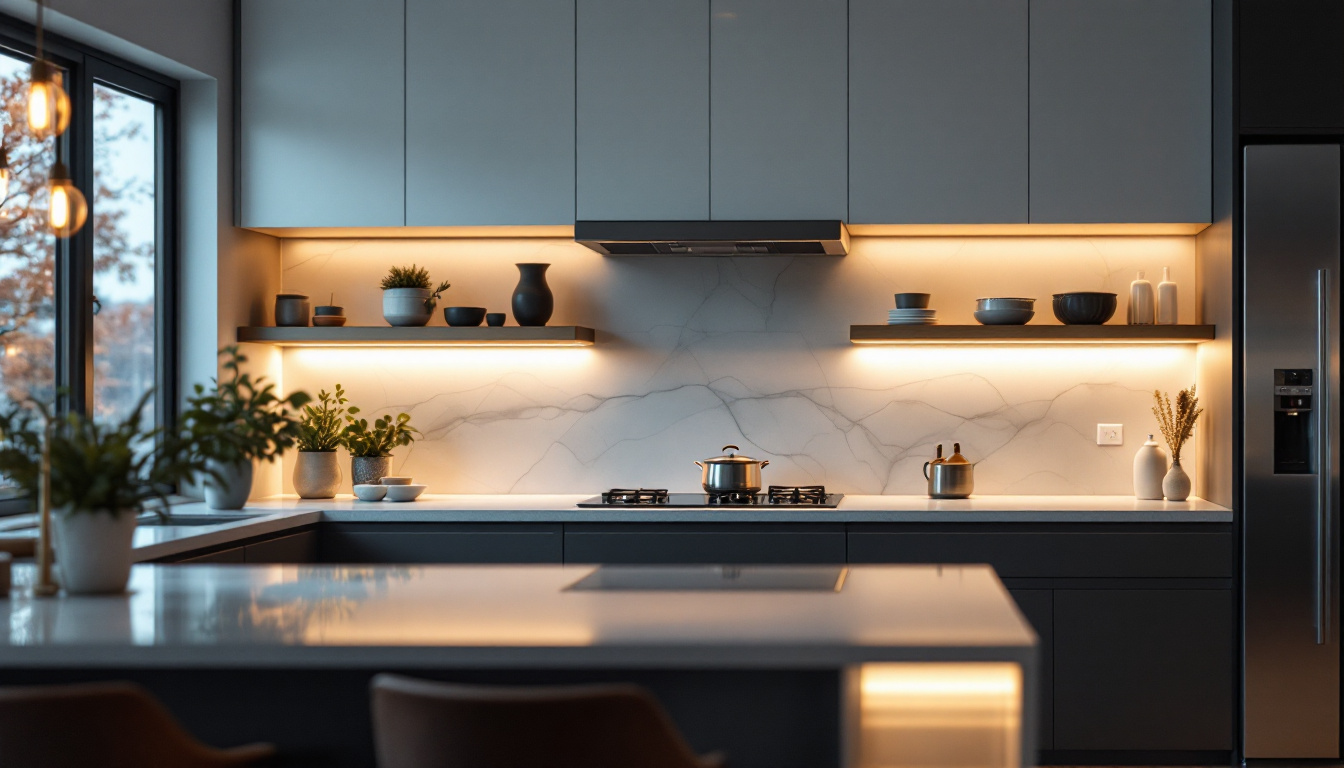
As the demand for efficient and aesthetically pleasing lighting solutions continues to rise, the role of electrical wall sockets in the overall electrical design becomes increasingly significant. Lighting contractors are often at the forefront of this evolution, tasked with not only installing lighting fixtures but also ensuring that the underlying electrical infrastructure meets modern needs. This article explores the top reasons why lighting contractors should prioritize their focus on electrical wall sockets, enhancing both functionality and safety in their projects.
Electrical wall sockets are more than just points of power; they play a crucial role in the overall functionality of a space. They serve as the interface between the electrical supply and the devices that rely on it, making their design and placement critical to the success of any lighting project.
The primary purpose of wall sockets is to provide power to various devices, including lighting fixtures. For lighting contractors, understanding the functionality of these sockets is essential. Properly placed sockets ensure that lighting installations can be easily accessed and utilized without inconvenience. This is particularly important in spaces like homes, offices, and commercial establishments where the demand for power is high.
Moreover, the accessibility of wall sockets can influence the overall design of a space. Lighting contractors must consider how the positioning of these sockets can complement or detract from the aesthetic appeal of a room. Thoughtful placement can enhance the usability of lighting controls, making it easier for occupants to adjust their environment to their liking. For instance, in a modern living room, strategically placed sockets can allow for the seamless integration of floor lamps and accent lighting, creating a cozy ambiance without the clutter of visible cords.
Safety is paramount in any electrical installation. Wall sockets, if not installed correctly, can pose significant risks, including electrical shocks, short circuits, and even fire hazards. Lighting contractors must ensure that all sockets are compliant with local electrical codes and standards. This includes proper grounding, using suitable materials, and ensuring that the sockets can handle the load of the connected devices.
Furthermore, contractors should be aware of the latest safety innovations in socket design. For instance, tamper-resistant sockets can prevent accidental shocks, particularly in homes with children. By focusing on safety features, lighting contractors can not only protect their clients but also enhance their own reputation for quality and reliability. Additionally, incorporating features such as weatherproof sockets in outdoor settings can safeguard against moisture and prevent corrosion, ensuring a longer lifespan for the installations. As technology advances, smart sockets that allow for remote control and monitoring are also gaining popularity, providing an extra layer of convenience and safety for users.
As smart home technology continues to gain popularity, the integration of electrical wall sockets with these systems is becoming increasingly important. Lighting contractors must adapt to this trend to remain competitive and meet client expectations.
Smart wall sockets allow users to control lighting and other devices remotely, often through smartphone applications or voice-activated systems. This level of control can lead to significant energy savings, as users can turn off lights and devices that are not in use, reducing energy waste. Lighting contractors should educate themselves on the various smart socket options available and how they can be integrated into existing lighting designs.
Additionally, the energy efficiency of smart sockets aligns with the growing emphasis on sustainability in construction and renovation. By incorporating energy-efficient solutions, contractors can appeal to environmentally conscious clients and contribute to a more sustainable future. The ability to monitor energy consumption through smart sockets also provides users with valuable insights into their energy usage patterns, allowing for more informed decisions about their consumption habits. This data can be particularly beneficial for businesses aiming to reduce operational costs while promoting a green image.
The user experience is a critical factor in any lighting project. Smart wall sockets can enhance this experience by providing features such as scheduling, dimming, and scene setting. Lighting contractors should focus on educating clients about these features, helping them understand how to maximize their lighting systems.
Furthermore, the integration of smart technology can lead to a more cohesive design. By considering wall sockets as part of the overall lighting strategy, contractors can create a seamless experience that meets the needs of modern users. The ability to customize settings for different activities—such as movie nights, dinner parties, or work sessions—means that users can create the perfect ambiance with just a few taps on their devices. This customization not only elevates the aesthetic appeal of a space but also enhances functionality, making everyday tasks more enjoyable and efficient. Additionally, as more devices become interconnected, the potential for automation grows, allowing users to create routines that simplify their lives, such as automatically turning on lights at sunset or adjusting the temperature when they arrive home. This level of integration can significantly improve the overall quality of life for homeowners, making smart technology an essential consideration in modern electrical design.
In the electrical industry, compliance with regulations and standards is non-negotiable. Lighting contractors must stay informed about the latest codes and requirements related to wall sockets to ensure that their installations are safe and legal.
Every region has specific electrical codes that govern the installation of electrical systems, including wall sockets. These codes are designed to ensure safety and reliability. Lighting contractors must familiarize themselves with these regulations, as failure to comply can lead to serious consequences, including fines and liability issues.
Additionally, understanding these codes can enhance a contractor’s credibility. Clients are more likely to trust contractors who demonstrate a thorough knowledge of local regulations, leading to increased business opportunities and referrals.
Inspections are a critical part of the electrical installation process. Lighting contractors should prioritize quality assurance by conducting thorough checks of all wall socket installations. This includes verifying that all connections are secure, that the sockets are properly grounded, and that they are functioning as intended.
By focusing on quality assurance, contractors can minimize the risk of callbacks and enhance customer satisfaction. A reputation for high-quality work can lead to repeat business and positive word-of-mouth referrals, which are invaluable in the competitive lighting industry.
The visual appeal of wall sockets is often overlooked in the design process. However, lighting contractors should recognize that these components can significantly impact the overall aesthetics of a space.
Wall sockets come in various styles and finishes, allowing contractors to choose options that complement the design of the space. From sleek modern designs to more traditional looks, the right choice can enhance the overall ambiance. Lighting contractors should be knowledgeable about the available options and work closely with clients to select the best fit for their needs.
Moreover, customization options, such as color matching or unique designs, can set a contractor apart from competitors. By offering tailored solutions, contractors can demonstrate their commitment to client satisfaction and attention to detail.
Another aspect of design aesthetics is the integration of wall sockets with lighting fixtures. Lighting contractors should consider how the placement and style of sockets can harmonize with the overall lighting design. For instance, strategically placed sockets can enhance the functionality of wall-mounted fixtures, while ensuring that they do not detract from the visual appeal.
By taking a holistic approach to design, contractors can create spaces that are not only functional but also visually stunning. This attention to detail can significantly enhance the overall client experience.
As technology continues to evolve, lighting contractors must consider future-proofing their installations. This involves designing systems that can adapt to changing needs and advancements in technology.
One of the key aspects of future-proofing is planning for potential upgrades. Lighting contractors should consider how the placement and type of wall sockets can accommodate future technological advancements. For instance, incorporating USB ports into wall sockets can provide added convenience for clients, as more devices rely on USB charging.
Additionally, contractors should educate clients about the importance of flexibility in their electrical designs. By discussing potential future needs, contractors can help clients make informed decisions that will serve them well in the long run.
The electrical industry is constantly evolving, with new technologies and trends emerging regularly. Lighting contractors should stay informed about these changes to remain competitive. This includes understanding advancements in wall socket technology, such as wireless charging capabilities or smart home integrations.
By keeping abreast of industry trends, contractors can position themselves as experts in their field, gaining the trust of clients and establishing themselves as leaders in the market.
In conclusion, electrical wall sockets are an integral component of any lighting project. For lighting contractors, focusing on these elements can lead to improved functionality, safety, and aesthetic appeal. By understanding the importance of wall sockets, integrating smart technology, complying with regulations, emphasizing design aesthetics, and planning for the future, contractors can enhance their services and provide exceptional value to their clients.
As the industry continues to evolve, those who prioritize the role of electrical wall sockets will be better positioned to meet the demands of modern clients and stay ahead of the competition. Investing time and effort into this often-overlooked aspect of electrical design can yield significant benefits, both for contractors and their clients.
Ready to take your lighting installations to the next level? At LumenWholesale, we provide lighting contractors with the highest quality, spec-grade lighting products at unbeatable wholesale prices. Say goodbye to local distributor markups and hello to superior lighting solutions that meet the highest industry standards. With our extensive selection, you can ensure every project shines with reliability and high performance. Plus, with free shipping on bulk orders, you get the premium lighting you need at the best value — without hidden fees or compromises. Elevate your electrical wall socket installations and enhance your service offerings by choosing Wholesale Lighting at the Best Value with LumenWholesale today.

Discover the essential best practices for lighting contractors in America, focusing on innovative techniques, energy efficiency, and sustainable solutions.

Discover effective strategies for lighting contractors to overcome common challenges in the industry.

Discover the ultimate guide to 10×10 canopy lights with insights from top lighting contractors.

Discover how kitchen under counter lighting can transform your cooking space from ordinary to extraordinary.